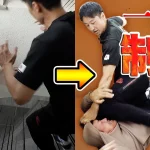Biography of Master Shigeru EGAMI
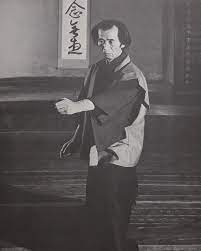
Text by Yves Ayache
Master shigeru EGAMI was born on December 7, 1912, in Miyanoura-cho, Omuta-shi, Fukuoka-ken (Kyushu). He entered Waseda University in 1932. Shigeru Egami studied under the direction of the sensei Shimoda, who died prematurely, and participated, with Yoshitaka Funakoshi, the son of the Master, also called Gigo, in several demonstrations in Nagoya, Kobe, Yawata, Wakamatsu in 1935, Master Funakoshi’s students created an association to help their teacher materially; it took the name of Shotokai (Kai = association).The Shotokai association brings together the disciples of Master Funakoshi.
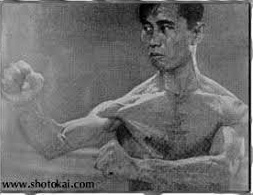
Master Shigeru Egami is destined for karate-do, becomes a member of Karate-Kenkyu-kai. In 1939, inauguration of the “Dainippon Karate-do Shotokan Dojo” (currently in Mejiro, Toshima-ku, Tokyo). After the war in 1945, Egami became the first assistant to Funakoshi, Shotokan Dojo Destroyed by Bombing. During this period, Master EGAMI ensures the interim of Master FUNAKOSHI and becomes a member of the jury of the headquarters of the Shotokan.
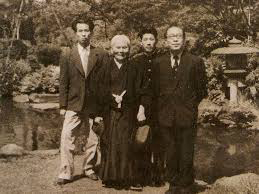
Death in 1948 of Gigo ” Yoshikata ” the son of Master FUNAKOSHI in September 1955, S. Egami became shihan of the Karate Club of Gakushuin University. April 26, 1957, Death of Master Gichin FUNAKOSHI. On September 1st, the Tokyu Karate Dojo opens and S. Egami is officially named shihan.
A year after his death, in 1958, the Shotokai Association was reshuffled. Master Hironishi became its president. Master Egami the chief instructor, all courtesy of the Funakoshi family the same year he also became the shihan of the Karate Club of Chuo and Toho University in accordance with the last wishes of its founder.
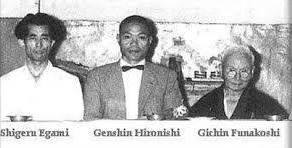
As the custodian of Karate-Do created by Master Funakoshi, Shigeru Egami breathes a new dimension into this art which is now totally similar, like Master Ueshiba’s Aikido, to Budo “Whoever wants to follow the Way of true Karate must not only deepen harmony with his opponent, but to complete it in itself- There is no question of killing, or even of winning if, instead of opposing the movements of your opponent, you move with him in a natural way, what will happen? – You will be one with him, and when he moves to strike, your body will naturally move to prevent the blow When you get to this, you discover a world you had no idea about When you are in harmony with your opponent and move with him without opposition, then there is no more first attack.
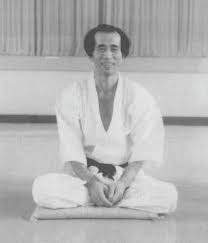
The meaning of “Karate ni sente nashi” – there is no first attack in karate – will only be understood when one has reached this stage…” From 1958 to 1961, Master Egami carried out important research for his practice. Considering himself the custodian of Gichin Funakoshi’s Karate-Do, he tried to deepen his master’s teaching.
Moreover, he believed that the evolution of Shotokan advocated by the J.K.A. was far removed from the teaching of Master Gishin Funakoshi. For example, Master Funakoshi’s OiTsuki was performed casually. Many of his students believed it was because of his advanced age. In fact, relaxation is paramount. The Master Egami whom he considered in contradiction with the spirit of Karate-do and who according to him made his practice evolve towards a work in strength and tension.
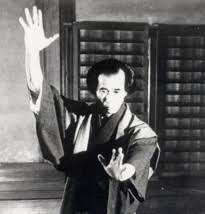
“If the body is limited, the mind can go further.” This sentence alone summarizes the thought of Master Egami who in practice introduced very low positions where the relaxation must be total and where it is necessary to remain natural in order to achieve an amplification of the technique. Because, the more contraction, the more the amplitude of motion decreases.
The forms of the katas (the patterns are the same as in Shotokan) are pushed to the extreme and chained very fluidly, without interruption. In Ippon-kumite, Master Egami imposed never to retreat, insisting heavily on sen-no-sen (anticipation of the opponent’s attack). This is summed up by the notion. “From Irimi, literally “enter”.
Respecting the thought of Gichin Funakoshl for whom Karate was not a game, Master Shigeru Egami refused until his death. In 1981, the very idea of sports competition. His fundamental idea (just like in aikido) being considered in contradiction that kumite (conventional or free) is a search for harmony between two partners and not a selfish search, the desire to defeat an opponent.
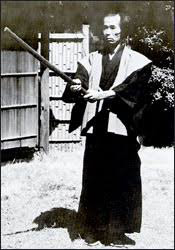
Master S. Egami encourages the establishment of schools in Japan and around the world In November 1970, i1 published “Karate-do, for the use of professionals” and supervised, in 1975, the reconstruction of the Shotokan Dojo, in Tokyo, Shibaura (currently in Mejiro, Toshima-ku From 1976, he was the technical director Master also traveled 73, Los Angeles 76, Taiwan and, in June of the same year, he visited five European countries where Master Tetsuji welcomed him. Murakami On January 8, 1981 at 7 p.m. he died in Tokyo.
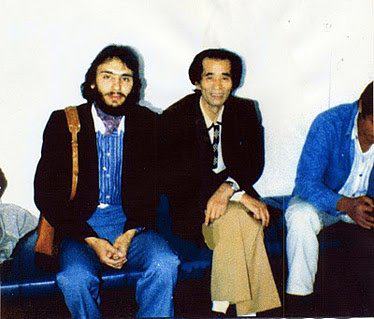
Yves Ayache and Shigeru Egami

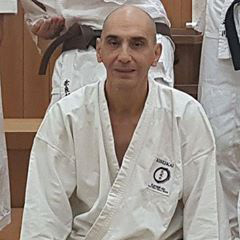 About the author:
About the author:







